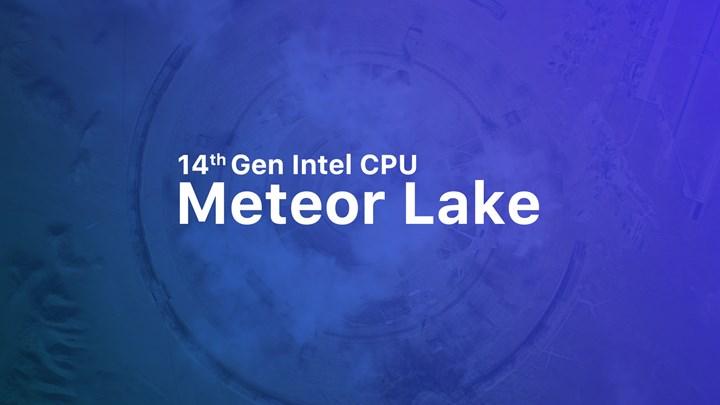
The specifications of Intel’s next-generation 14th-Generation Meteor Lake and 15th-Generation Arrow Lake desktop processors were revealed in leaked company slides. According to Intel’s leaked information, the configurations, TDP values and integrated graphics units of the 14th Gen Core and 15th Gen Core processors have surfaced. Let’s take a look at this information in detail.
Intel will build its next-generation processors using different processing processes. Nearly four years after the launch of AMD’s first chip-based design (Ryzen 3000), it looks like Intel will launch its first modular chips in the consumer space. That is, the units in the processor will be produced with different production technologies. Thus, it will be aimed to increase the performance and energy efficiency. On the other hand, it should not be forgotten that this is a cost disadvantage.
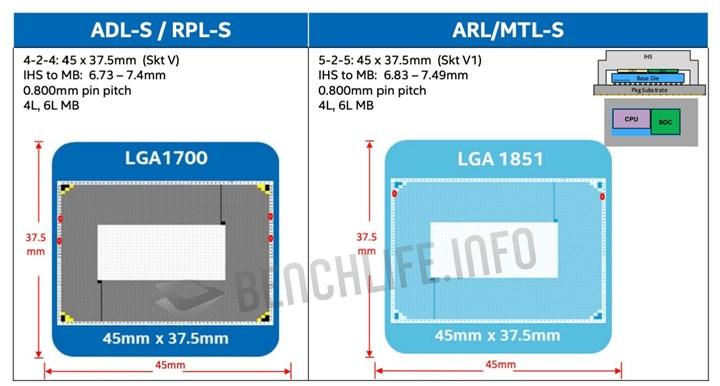
According to internal Intel leaks and previous information, 14th Gen and 15th Gen processors will switch to the new socket structure. Intel will retain this socket for at least two generations. The new socket to be switched is called “V” for now, but it will enter our lives as LGA 1851. The new socket, on the other hand, will be very similar in size to the existing LGA 1700 socket, but with more pins and features.
14th Gen Meteor Lake features and release date
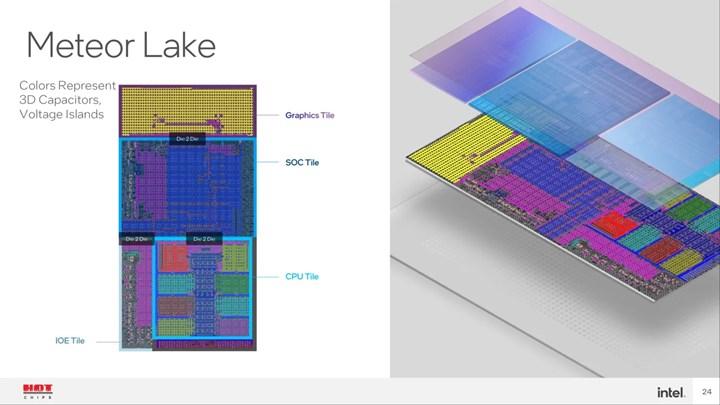
Based on the leaked slides, Intel’s 14th Gen Meteor Lake-S desktop processors will take a step back in terms of core count. It seems that Intel will keep the number of E-Cores, namely efficiency cores, but P-Core, or performance cores, will decrease. The product line mentioned in the slides shows the high-end variant with 22 cores in 6 P-Core and 16 E-Core combinations.
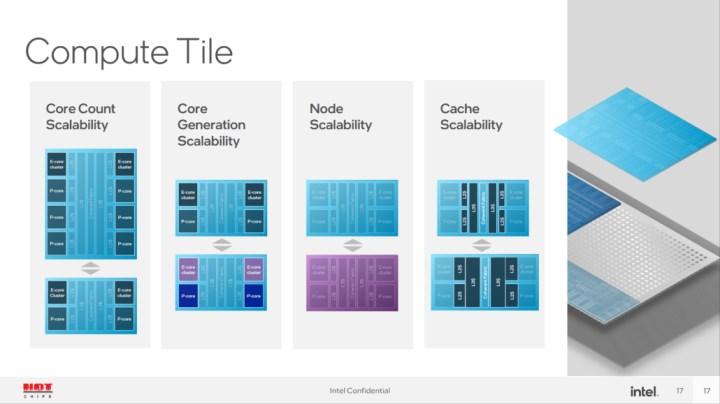
This variant scales up to include five different configurations. Intel will also change the core design and architecture in the Meteor Lake family. Cores called P-Core will be converted to Redwood Cove, and cores called E-Core will be transferred to Crestmont architecture.
- Meteor Lake-S 22 (6P + 16E) / 4 Xe Cores / 125W (PL1) TDP, 254W (PL2)
- Meteor Lake-S 22 (6P + 16E) / 4 Xe Cores / 65W TDP
- Meteor Lake-S 22 (6P + 16E) / 4 Xe Cores / 35W TDP
- Meteor Lake-S 14 (6P + 8E) / 4 Xe Cores / 65WTDP
- Meteor Lake-S 14 (6P + 8E) / 4 Xe Cores / 35WTDP
In addition to the processor models, all processors will have an integrated graphics unit, namely iGPU. It seems that the company will offer at least 4 Xe cores in its processors. There is no expectation in terms of performance, as this number is 2 Xe less than the one found in the Arc A310. In terms of comparison, we can say that it will offer equal or slightly better performance with the integrated RDNA 2 GPUs found in the Ryzen 7000s.
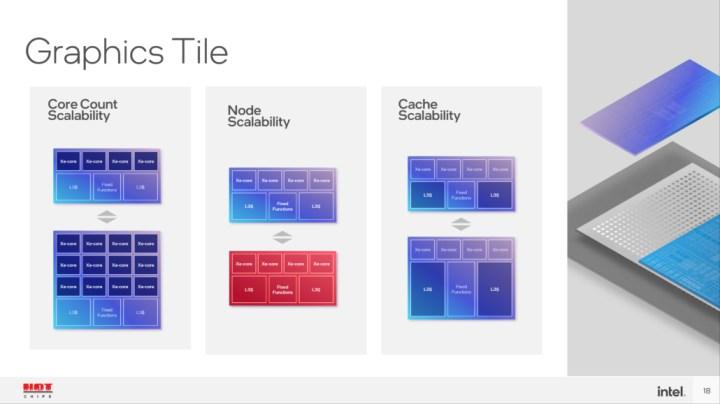
Finally, Meteor Lake will be released in late 2023. As we said above, this processor generation will be built with different processes. Accordingly, Intel 4 compute process will be used to produce CPU die, TSMC N5 compute process iGPU die, TSMC N6 compute process SoC and I/O patterns will be used. Bringing these molds together will be possible with 3D Foveros packaging technology, which is a part of Intel’s future plans.
15th Gen Arrow Lake features and release date
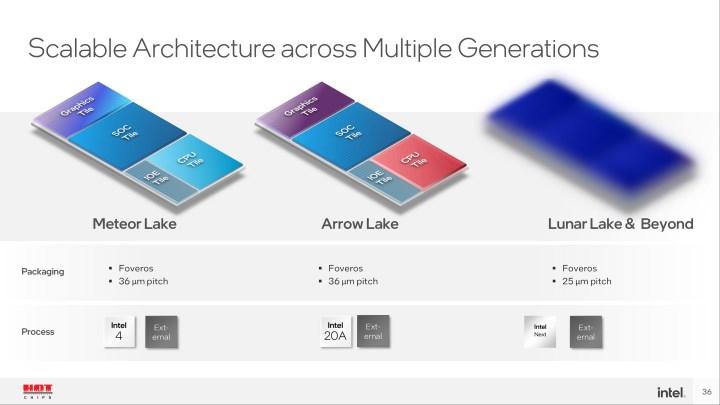
If we continue with Arrow Lake, it will take back the 24 cores we have seen in the 13th Gen Raptor Lake processors that have already been released in this family. The 15th Generation Arrow Lake-S desktop processors will be shaped with 8 P-Cores and 16 E-Cores in high-end variants, and a total of 24 cores will be offered.
- Arrow Lake-S 24 (8P + 16E) / 4 Xe Cores / 125W (PL1) TDP, 254W (PL2)
- Arrow Lake-S 24 (8P + 16E) / 4 Xe Cores / 65W TDP
- Arrow Lake-S 24 (8P + 16E) / 4 Xe Cores / 35W TDP
Intel seems to be keeping the 4 Xe cores in the Meteor Lake series for Arrow Lake, but the integrated GPU here is expected to have a new Arc architecture. This generation CPU die will use the Intel 20A (think 2nm) process. He sees it as possible to experience improvement in the production processes of other molds.
The Arrow Lake-P (mobile-laptop) family is expected to offer up to 2560 Xe Cores, a 5x increase over integrated GPUs in desktop parts. AMD’s Zen 5-based Strix Point APUs will enter the market in similar periods. Therefore, the battle between Intel and AMD on the APU side seems to escalate in the future. In addition, it should be noted that Arrow Lake desktop processors are aimed at the end of 2024.